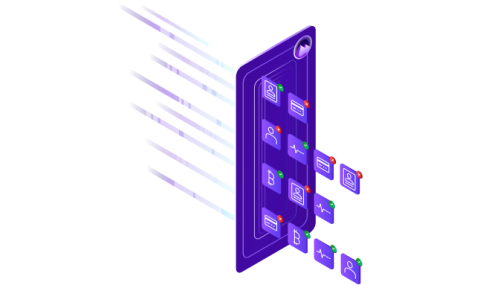Deploy a File Scanner with Nightfall Data Loss Prevention (DLP) API
In this tutorial, we will create and deploy a server that scans files for sensitive data (like credit card numbers) with Nightfall’s data loss prevention (DLP) APIs and the Flask framework. The service ingests a local file, scans it for sensitive data with Nightfall, and displays the results in a simple table UI. We’ll deploy the server on Render (a PaaS Heroku alternative) so that you can serve your application publicly in production instead of running it off your local machine.









